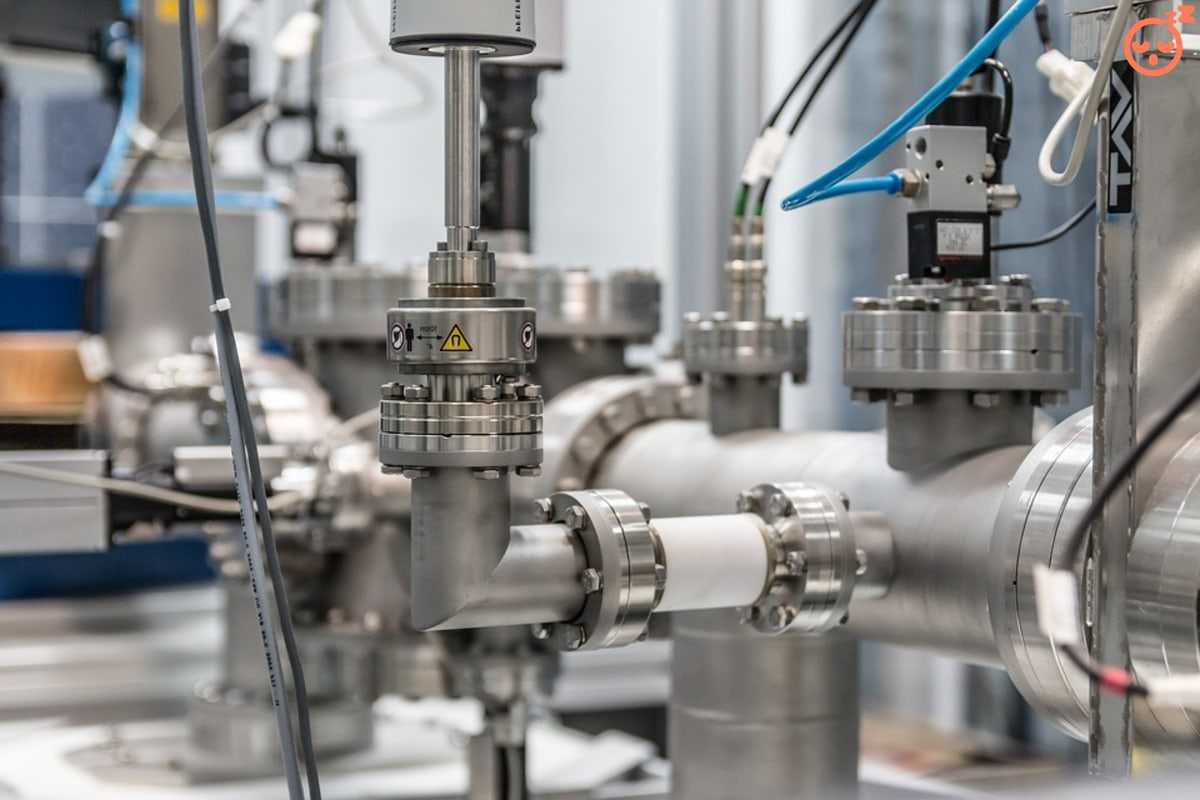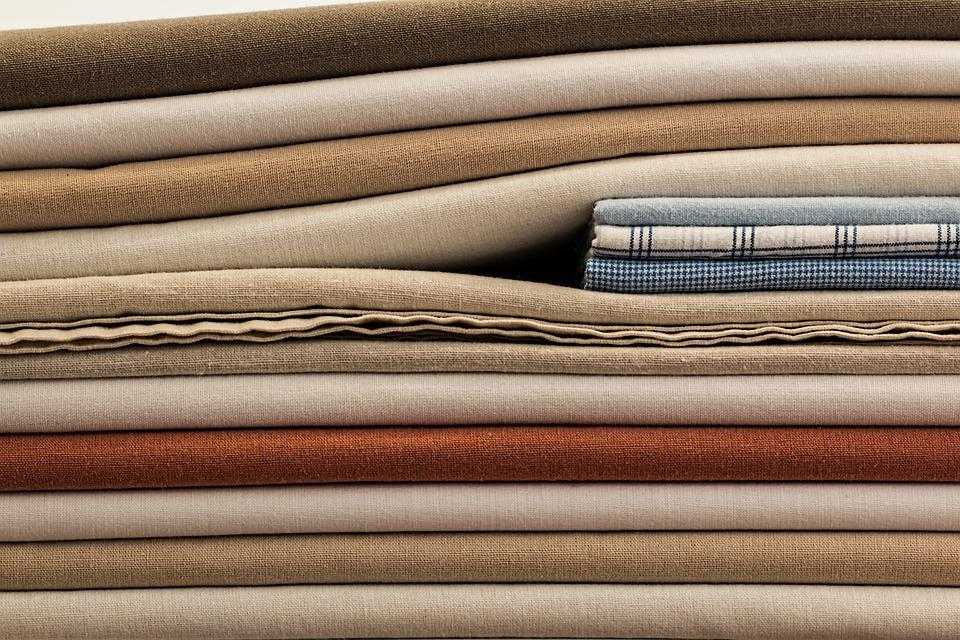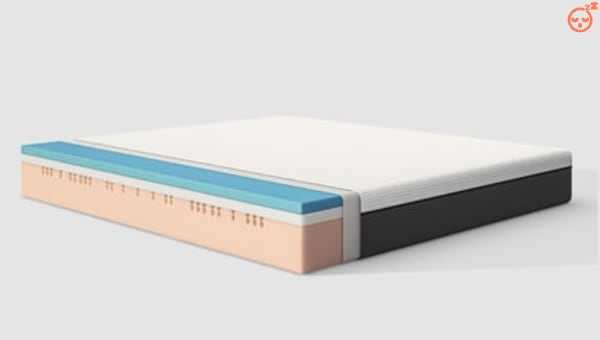Is the memory foam best? Guide

If a mattress uses memory foam it doesn’t mean it uses a foam that can recite the first 100 digits of the pi number after the decimal. It does mean though that your memory of your sleep is likely to be very pleasant. Let’s look at exactly what memory foam is, how it is made and if it is the best kind of mattress
What memory foam is
It is mainly composed of polyurethane which is a chain of polymers that has a variety of properties. Memory foam is known as viscoelastic because of how the foam is in a semi-fluid state since it exhibits fluid and elastic properties. The viscoelasticity of the memory foam occurs from the sequence of four effects. These are the network effect, the pneumatic effect, the adhesive effect and the relaxation effect. It is how these effects work in tandem that makes the memory foam behave in the way that it does.
| Type of memory foam effect | How it works |
| Network effect | The network effect actually counters the other effects, since it is what restores the mattress to its original flat state, which is the memory-like part of the sequence and occurs from the material pushing outward after it has been compressed. |
| Pneumatic effect | The pneumatic effect, the adhesive effect and the relaxation effect also make the reversion of the mattress shape caused by the network effect, happen slower than it would occur without these effects. This is important because this is what gives viscoelastic memory foam its body-contouring qualities. The pneumatic effect occurs from the duration of time when air enters the porous region of the foam. Open-cell foam is a structured foam that contains cells that are not enclosed and allow for air to pass freely through them. |
| Adhesive effect | The adhesive effect occurs from the stickiness of the internal components of memory foam. The porous structure is pressed together and the cells become more closed when the foam is compressed and this is when the adhesion prevents the foam from decompressing rapidly. The tinier the pores within the structure, the higher its surface area because small pores mean more foam in proportion to air. The higher the surface area the greater the adhesive effect because there is more compressed material for the stickiness to have an impact on. This of course influences the pneumatic effect also because the airflow is more restricted, the smaller the pores are. Therefore in memory foam mattresses, the cell structure has a significant impression on how the mattress returns to its decompressed state. |
| Relaxation effect | The relaxation effect is the strongest of the three countering effects. This only comes about when the temperature almost reaches a point which is called the ‘glass transition temperature’. This is the temperature at which a material turns from brittle and quite inflexible like glass into a rubbery state which is synonymous with viscoelasticity. The relaxation effect slows down the recovery from deformation, which is just the change that has happened to the mattress because of it being pressed into. The relaxation effect can be swayed by applying certain additives to the foam which will allow for more influence on the glass transition temperature. |
How it is made
The production of memory foam typically can be detailed in six steps:
| The steps | The process |
| 1 | Polyurethane is made from groups of urethane hence the chemical name and it is created from the chemical reaction between a polyol and two isocyanate groups or basically a diisocyanate. This compound combines with water and reacting agents which brings about bubble-like cells in what is called an exothermic reaction. This is the part of the process which involves external temperatures rising due to energy being transferred to the surroundings instead of the other way around. |
| 2 | This mixture is then whipped up until frothy before it is poured into a matrix slab. This occurs at a controlled temperature and this is the point at which the foam is formed. |
| 3 | Air is pumped out from the mixture |
| 4 | The foam is left to cool before it is reheated, before being left to cool for a while. |
| 5 | The foam is taken out, then washed, dried and examined according to quality control standards. |
| 6 | It is cut up into sections that correspond to the mattress sizes they will be used for. Then they are stored away until it is time for them to be implemented into the mattresses and sometime after you’ll have a complete memory foam mattress. |

Even though the chemical reaction at the beginning is crucial to the actual creation of the foam, it usually only takes about 5 minutes whilst the whole manufacturing process takes about a third of a day or can even last several days.

The composition of a memory foam mattress
Memory foam mattresses are not simply a single block of mixed polyurethane and a few other compounds. It has to be organized in a way to meet standards and ensure the memory foam is applied in a way where you are given comfort, support, weight distribution and adjustability during your sleep. There are about 4 layers involved in a memory foam mattress composition. A mattress that uses memory foam in a very effective layered system is the Emma original mattress. It could be exactly what you’re looking for.
| The layers in memory foam | |
| 1 | The top layer of the memory foam is usually a fire-retardant material. This is there usually to satisfy fire safety regulations in the mattress industry. Sometimes mattress companies will put additives into their foam mixture with the polyurethane which have fire-combative qualities which will complement this layer of the mattress. |
| 2 | Just below is the memory foam. This of course is what will bring the viscoelastic properties to the mattress, so the foam will adjust to the weight, pressure points and shape of the person. |
| 3 | Sometimes, another layer is above or below the memory foam which can be sealed to the layer above or below with an adhesive. |
| 4 | At the very bottom is the base layer. This will simply be polyurethane without other additives. It is the supportive part of the mattress which will allow for the parts above to provide the contouring qualities. |
Though memory foam involves layers, this is not a hybrid mattress because it does not include a spring core structure. To learn about what a hybrid mattress is and how to know if it is ideal for you, check out the link. Memory foam is a foam which you can credit most of its qualities to the chemical reactions involved during the production of polyurethane and the four effects that contribute to how the mattress adapts and conforms.

Memory foam has become a very critical part of the mattress industry and has made terms like viscoelasticity and open-cell structures household names within it. Hopefully, the manufacturing process, which provides insight into the science behind the technology, makes you more aware of why and how memory foam behaves in the way it does. With this background knowledge, you are more equipped to make educated judgments on whether memory foam is really what you want. To learn about the function of memory foam in mattresses and the qualities that will affect how you sleep, you should refer to the Emma Original as a prime model for a memory foam mattress.
Get the sleep you deserve with our mattress and sleeping product reviews.
© Undercover Mattress 2022






